Historic Bleadon
Do you want to find something about your ancestry or have historic information to share? Please contact us. | |
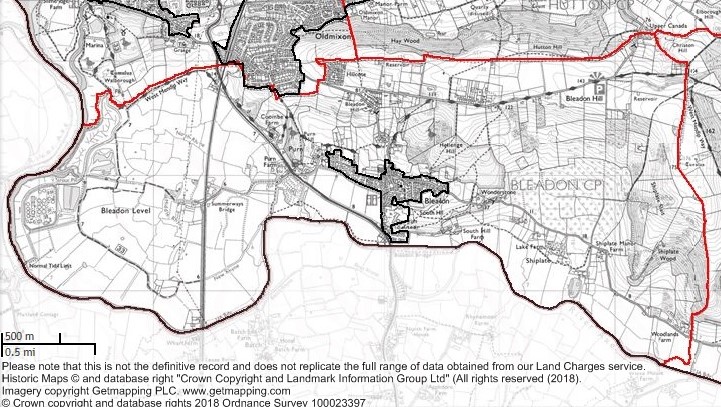 | Wikipedia articles on Bleadon (see Parish & Village settlement boundaries map) and Bleadon Hill |
 | Bleadon on Historic England information on the Village Well, Shiplett House, Hillside Farmhouse, Purn House Farm House, Church, and more. |
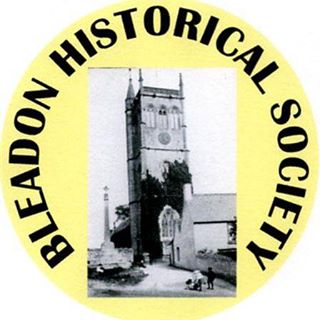 | This page is mostly devoted to the photographic history of Bleadon during the 20th century. There will also be stories and memoirs of people still living in Bleadon today. Well documented events from the past may also feature from time to time. |
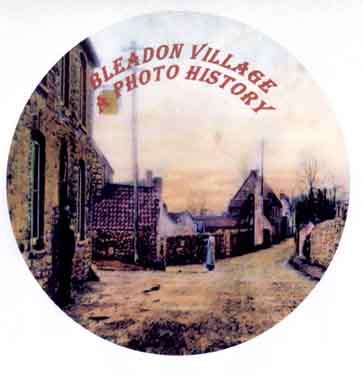 | A collection of old photos of Bleadon, and some of its inhabitants, has been put on a DVD, price £6.50 +p&p. ***CURRENTLY UNAVAILABLE*** Please email Penny Robinson or contact us to pass on your request. |
| 'An Illustrated History of Bleadon' book has been published by village author and artist John Hickley.
See also 'Looking Up Weston-super-Mare |
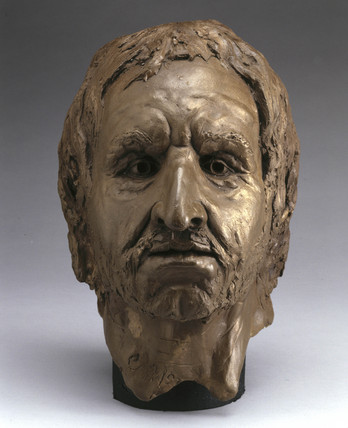 | The skeleton of "Bleadon Man" (and Woman) was found in 1997 during an archaeological excavation necessary before consideration of planning permission for a proposed building development adjacent to Whitegate Farm Bleadon. |
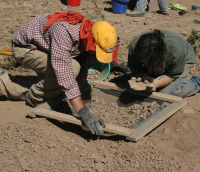 | The Community Archaeology Project work by BLERT (Bleadon and Lympsham Environs Research Team). Here is an old reference document that maybe of interest.
Browse Bleadon Bibliography or maybe contact The friends of Somerset Archives Society or Somerset County Records |
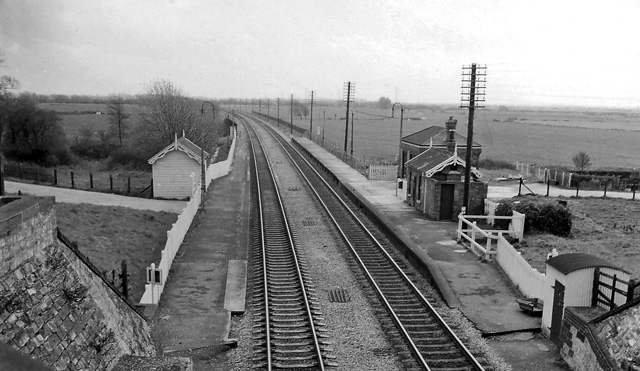 | The Bleadon & Uphill Railway Station. There is a short TV film about it from those days in the possession of Somerset Film at The Engine Room in Bridgwater, also the Museum in an old railway carriage after it's closure due to the 'Beeching' cuts. |
A 'Masters Alternative View on Bleadon History, as submitted to BOB in 2015 by the former Shop & Post Office owner.
| |
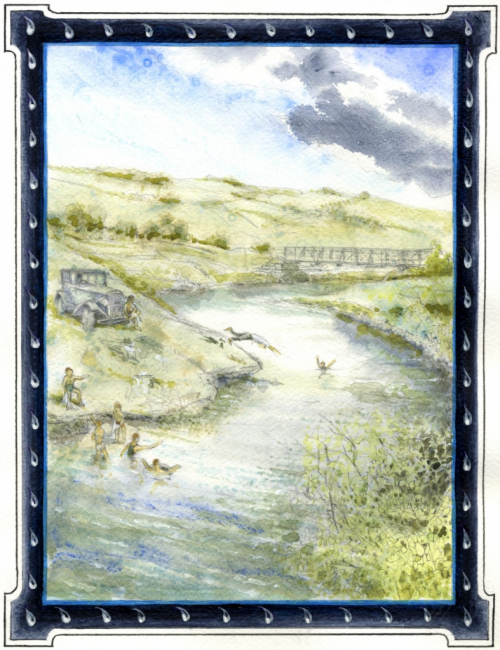 | The River Axe and 'The Tale of Edwin Clogg', see this and other stories in John Hickley's boook, 'An Illustrated History of Bleadon'.
The current tidal limit of the Axe is the sluice gates at Bleadon and Brean Cross.
Also, Bleadon Sluice Improvement Project. |
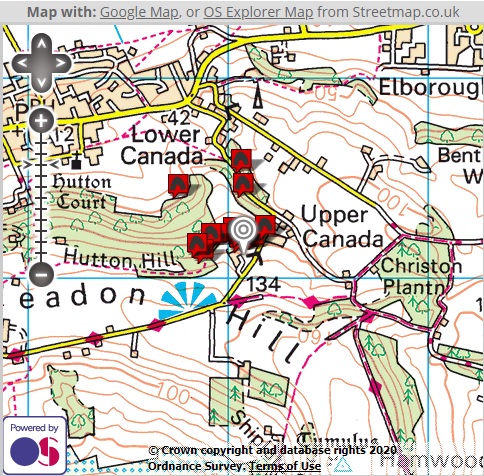 | Bleadon Cavern (See location map) and Mammal Fossil Collection info.
Also, see Axebridge Caving Group and the importance of the caves in protecting Bleadon's water sources and evnironment, e.g. from 'fracking'. |
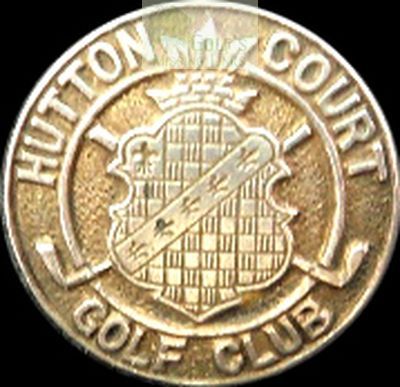 | Here is a small piece of golfing history previously on the site of the current Bleadon Hill Golf Course (PDF) |
 | BOB Remembrance Page containing photos, stories, videos, books, charities, and more. |
As part of the 75th Anniversary of World War II Bleadon Reisdent Charles Reeves was interviewed by Radio Bristol concerning his memories of being bombed out of his home in Worle on the 28th June 1942. See a printed copy of his story here
You can also listen to the interview at 7.20am and the second part at 8.20am on BBC Radio Bristol tomorrow, 28 June 2017. After 9am you can listen back to the programme via this link. Skip along to 50 minutes in and 1 hour 50 minutes in for Charles pieces. It will be available for 30 days.
See also WSM at War on the WSM & District Family History Society website. | |
Please note: The following information copied below line is from the old website.
For current activity please visit the link and facebook page.

Bleadon History Society Facebook page
At the meeting of the Bleadon History group on October 10th the layout and format of the village legend boards was discussed. |
 |  |  |
-----------------------------------------------------------------------------------------------------------------------------------------------------
The River Axe and the Tale of Edwin Clogg
Walking alongside water on a sunny day is a very relaxing and pleasant experience. It is a pity therefore, that although the southern boundary of our parish for about three miles is formed by the River Axe. only two relatively short stretches of it are accessible to the public.
To the west of the A370 you can walk, high tide permitting, from Bleadon Bridge across two fields to the back of the Purn Caravan Park, then across one more field to the track that leads to the first bend in Accommodation Road (from which it is but a short step to the Anchor and Catherines Inn). Also from Bleadon Bridge you can follow the river on the south side in the opposite direction as far as the bridge near South Hill Farm and then having crossed the Bridge, on the north side for a short distance before turning left to the farm. Both walks offer interesting perspectives of the village and the Mendips. but if you want further official access to the river you have to join an angling club. To me the bridge by the farm, known to generations of local boys as the Cow Bridge and a favourite jumping-off point in summer, has a unique point of interest that brackets Bleadon with Newcastle-upon-Tyne and Sydney, Australia. It was built in the I930's by Donnan Long, the company that built the somewhat larger bridges in those world famous cities.
Unfortunately, there is also a very sad tale to tell about our local stretch of river. You can find the memorial to it in our Churchyard, just behind the Kathleen Beeby Memorial garden: the grave of Edwin Clogg. who died in July 1957 aged 71 years. At the head of the grave are the words "A life given for another".
Edwin's story was told me by Ken Durston, who was born in Bleadon 1927. From his earliest years Ken remembers Edwin as an established resident, living alone in a small wooden building at the top of the land belonging to The Mount in Shiplate Road. It seems likely he had arrived there after World War One, when he had been a conscientious objector. The owner of The Mount, Bert Over, was a fellow objector and there appears to have been another idealistic strand to the story in that close to Edwin's hut was another in which courses in Esperanto were held. There were fruit orchards and strawberry fields at The Mount and when the weather was fine the local children used to help with the picking under the supervision of Edwin and Bert. They would also take the children swimming in a shallow part of the Axe between the sluice and the Cow Bridge, to cool off after their labours. They were joined in the summer holidays by underprivileged boys from Bristol, who were accommodated in a hutted camp at Barton (between Webbington and Winscombe). These boys were transported in a huge Studebaker owned by Bert's sister and garaged by Roy Goodall, who also provided a driver.
I suppose that nowadays we would say it was an accident waiting to happen. On that July day in 1957 a Bristol boy got into difficulties. Edwin tried to save him, but could not and both were drowned. There was evidently great sadness in the Village with local people collecting money to provide a handsome gravestone. This is what we can see today in the Churchyard.

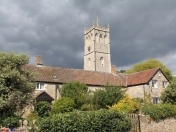

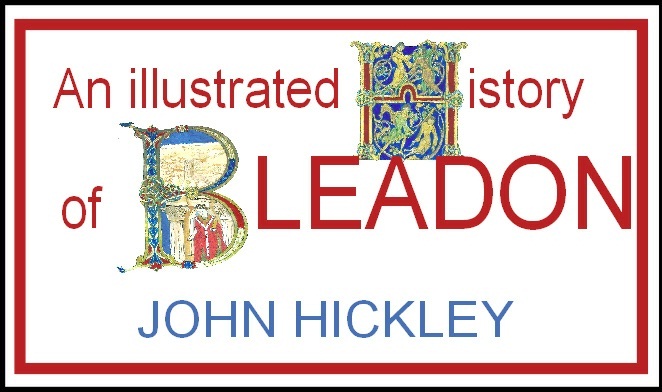


 in head pictured here was created from this. This head was unveiled in December 2000 as the Bleadon Coronation Hall's millennium project and remains on permanent display in the Hall along with additional pictures of the archaeological dig.
in head pictured here was created from this. This head was unveiled in December 2000 as the Bleadon Coronation Hall's millennium project and remains on permanent display in the Hall along with additional pictures of the archaeological dig.